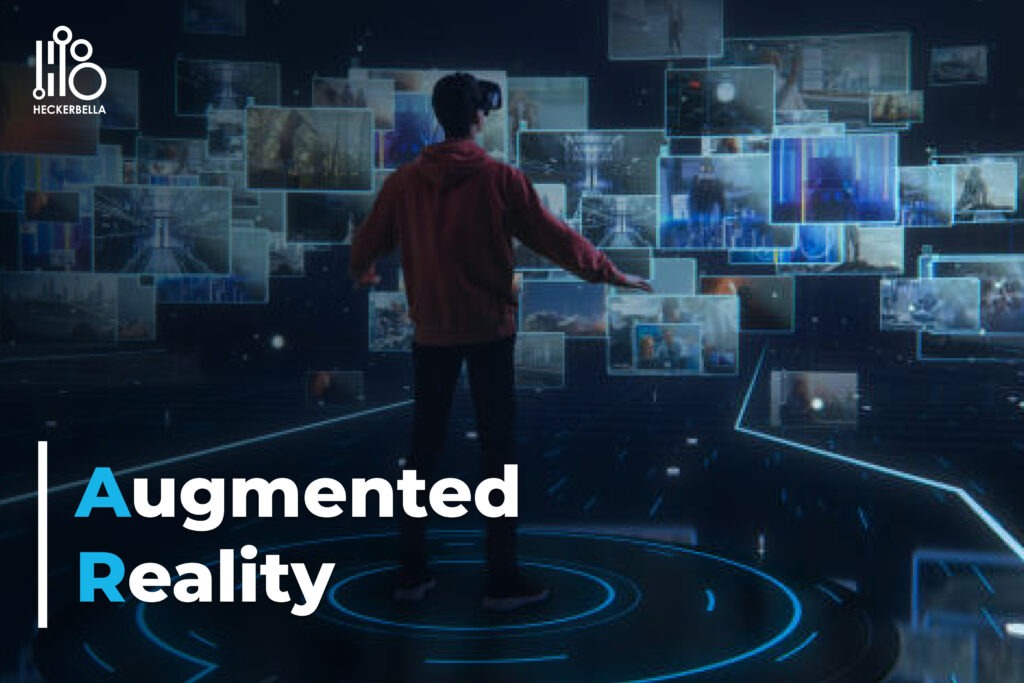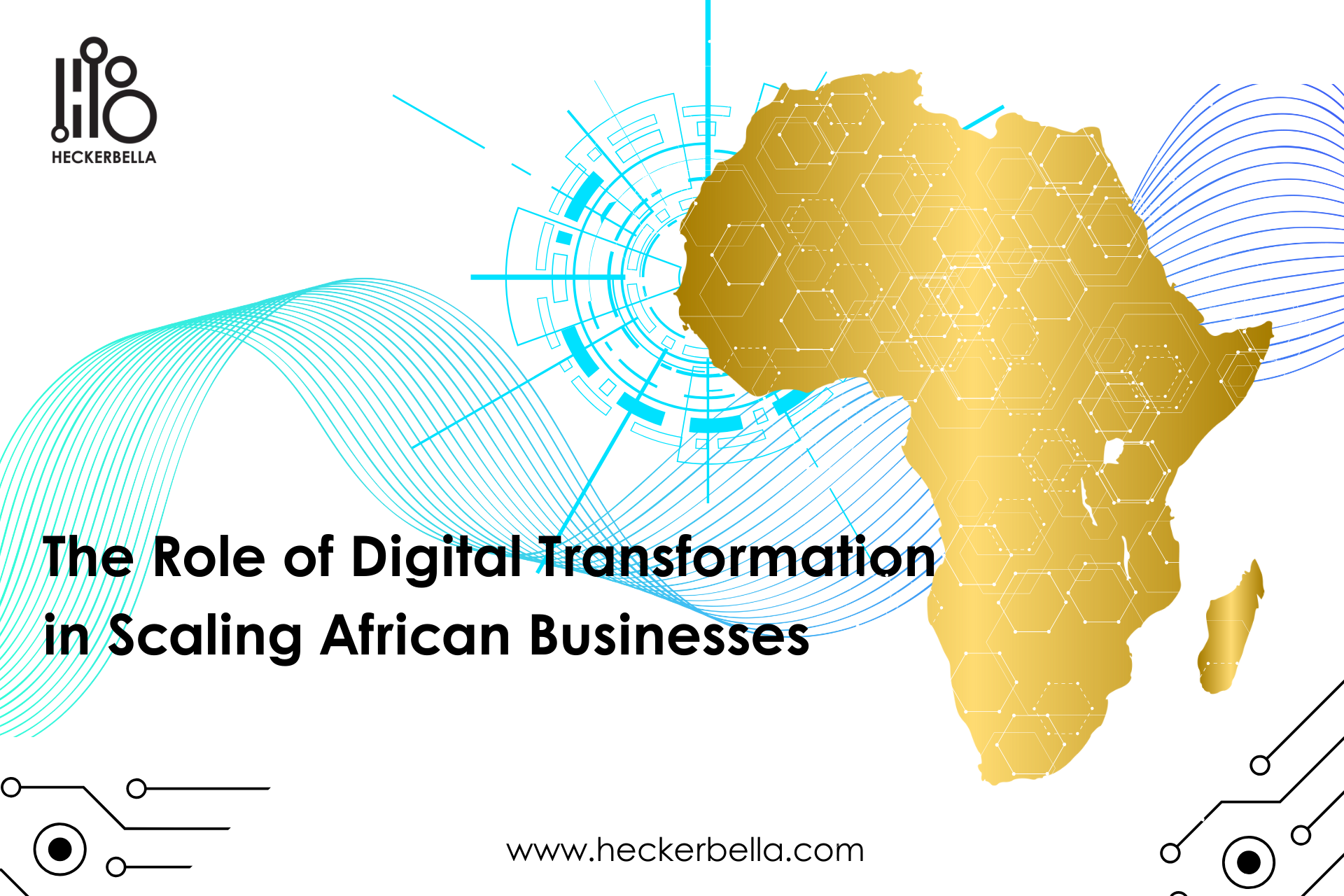Augmented Reality: Bridging the Physical and Digital Divide, but Mind the Gap

Augmented reality (AR) seamlessly blends the real and virtual worlds, overlaying digital information onto our physical surroundings. This opens doors to revolutionary experiences, from exploring historical landmarks through your phone to dissecting virtual models in anatomy class. Imagine students in rural Nigeria exploring the Great Wall of China through their smartphones or dissecting a 3D model of the human heart during biology class. This isn’t science fiction; it’s the potential of Augmented Reality (AR) transforming education in Africa. While AR holds immense promise across various sectors, its impact on education, particularly in Nigeria, deserves special attention. Let’s delve into the opportunities and challenges AR presents, navigating the path towards responsible implementation.
Opportunities
- Engaging and Interactive Learning: AR can inject life into dry textbooks, bringing abstract concepts to life through interactive experiences. Visualizing historical events, manipulating 3D models of scientific objects, or exploring virtual laboratories – these experiences go beyond traditional learning methods, sparking curiosity and boosting engagement.
- Overcoming Resource Limitations: Lack of adequate physical resources is a common challenge in many African schools. AR bridges this gap by providing virtual alternatives. For example, students can dissect virtual frogs instead of relying on limited physical specimens, ensuring equal access to quality learning experiences.
- Personalized Learning: AR applications can adapt to individual learning styles and pace. Students can receive personalized virtual instruction, practice at their own speed, and receive immediate feedback – fostering a more inclusive and effective learning environment.
- Language Learning Boost: AR overlays can translate text and objects in real-time, facilitating communication and language learning. Imagine students interacting with virtual objects while hearing their names pronounced correctly in different languages, accelerating language acquisition.
Challenges
- Infrastructure and Access: Unequal access to technology and reliable internet connectivity, particularly in rural areas, creates a digital divide that could hinder AR adoption in education. Bridging this gap through infrastructure development and affordable device initiatives is crucial.
- Cost and Affordability: The initial cost of AR devices and applications can be prohibitive for many schools and families in Africa. Exploring low-cost options, open-source platforms, and government support are essential to ensure affordability and inclusivity.
- Content Development and Localization: Culturally relevant AR content specific to the African context, including local languages and narratives, is vital for effective learning and engagement. This requires investment in local content creation and collaboration with educators and communities.
- Teacher Training and Support: Educators need training and support to integrate AR effectively into their curriculum and manage technological challenges. Comprehensive training programs and peer-to-peer learning initiatives are crucial for successful implementation.
Harnessing AR’s potential for education in Nigeria requires a multi-pronged approach:
- Collaboration: Governments, technology companies, educators, and communities need to collaborate to develop accessible and culturally relevant AR content, provide infrastructure, and train teachers.
- Public-Private Partnerships: Public-private partnerships can leverage resources and expertise to develop affordable AR solutions and ensure their integration into educational systems.
- Investing in Research and Development: Research into the specific needs and challenges of African education is crucial to drive the development of relevant AR applications and learning methodologies.
- Empowering Educators: Placing educators at the forefront, by involving them in content development, training, and decision-making, ensures AR serves their needs and empowers them to leverage its full potential.
By addressing these challenges and fostering responsible implementation, AR can become a powerful tool for transforming education in Africa, particularly in Nigeria. It can bridge the resource gap, personalize learning, and spark a love for knowledge, ultimately empowering students and contributing to a brighter future for the continent. Remember, technology alone is not enough; it’s the human element – collaboration, creativity, and dedication – that will unlock the true potential of AR in education, ensuring it transforms lives, not just classrooms.




